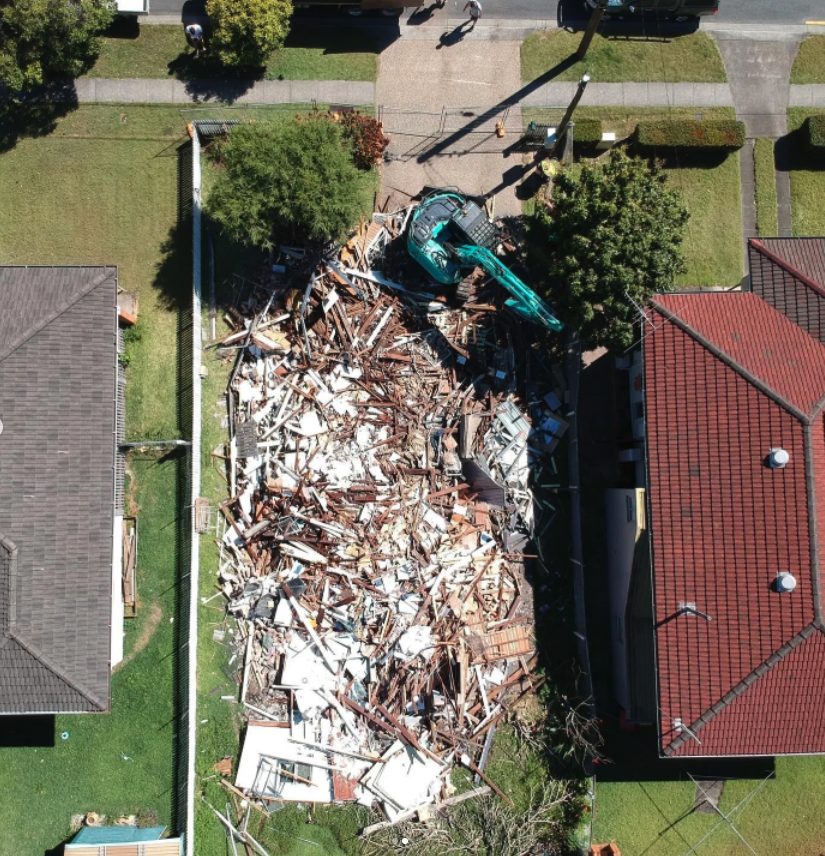Retaining: what it is, why you need it and the types available
Retaining walls are used to maximise useable space on a block by holding or shaping ground that would otherwise drift down or erode. Retaining creates a flat pad that can then be built upon (for example, on sloping blocks the side of the hill is cut into to create a level surface). As you may expect, retaining is a major part of the design and build process.
Where on the block does retaining sit?
Retaining can be anywhere on or within the lot boundaries. In addition to creating a building surface, retaining can also be used in landscaping design.
What happens if I don’t have appropriate retaining?
Without proper retaining you will be in danger of downhill erosion, water drainage issues and even threat to the foundation of your home.
Are there different types of retaining, and which is best?
The amount and type of retaining required depend on the nature of your build. Although there are many types of retaining materials in use, typically they fall into one of three categories:
Blockwork
Appropriate for steel construction types, need a footing and are expensive. Blockwork is durable, long-lasting, and precise.
Concrete sleepers
Appropriate for post and piers construction. Concrete sleepers are expensive and durable, but not as precise as blockwork.
Timber sleepers
Appropriate for post and pier construction. While timber sleepers are a cost-effective option, they are not as durable as other materials and will need to be replaced after some time.



